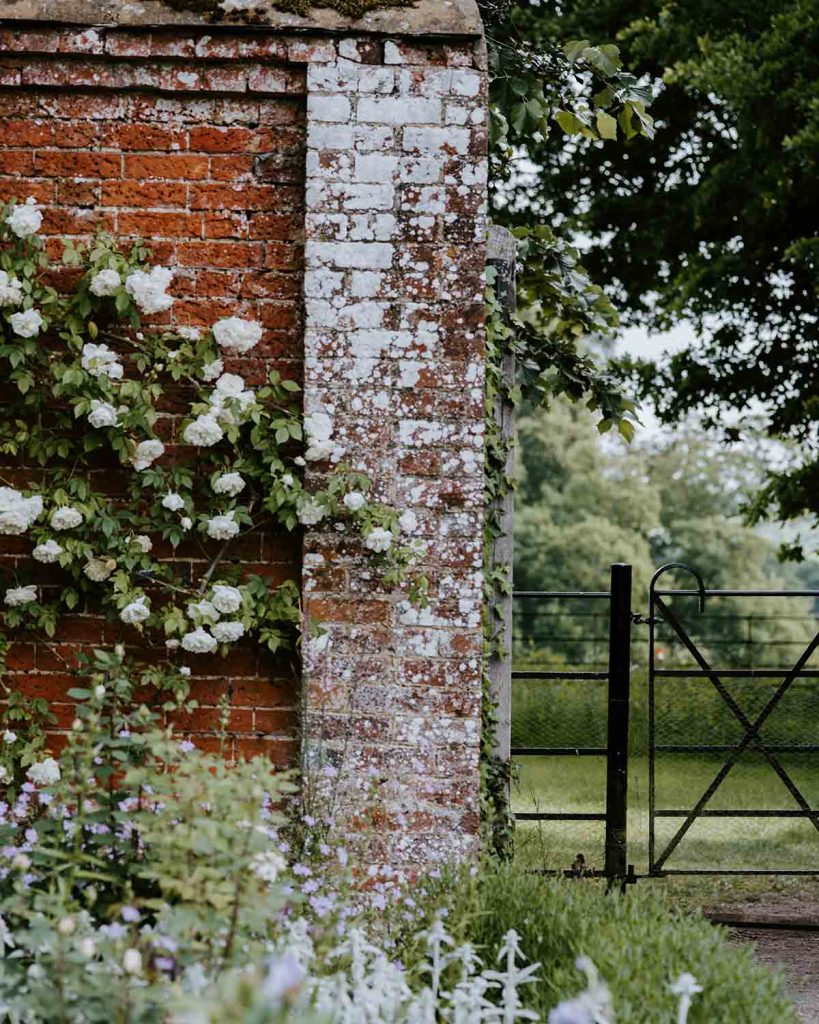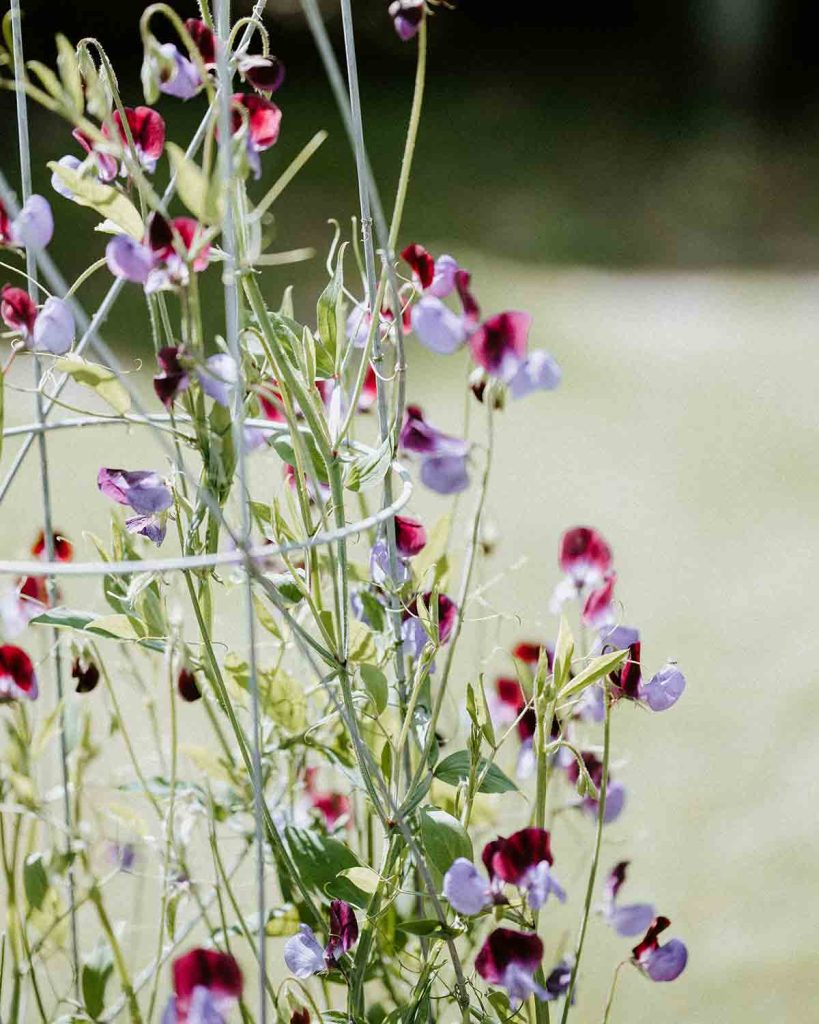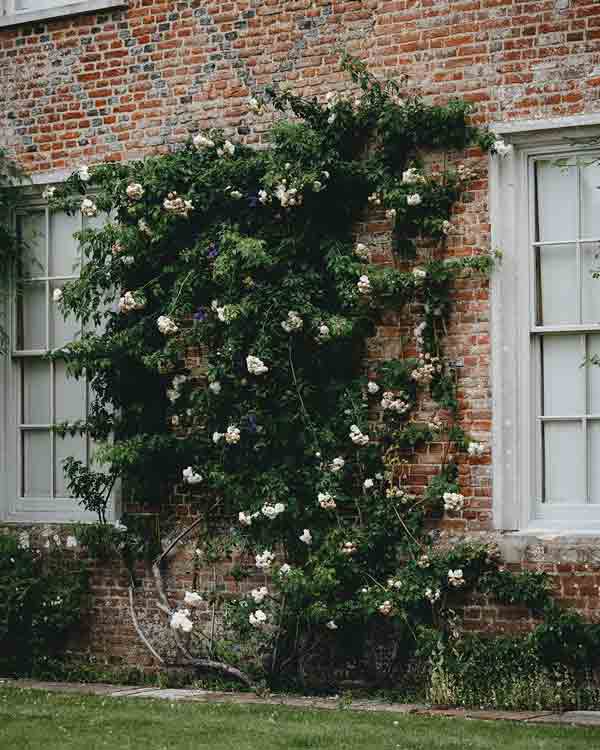Learn how to attract wildlife into your garden with these 10 top tips from the experts at the Royal Horticultural Society. The term ‘nature positive’ has been coined as the equivalent for biodiversity, and there are things you can do to encourage more wild creatures into gardens and outdoor spaces, providing food, shelter and breeding grounds for a wide variety of species. Take a look…

Attract Wildlife Into Your Garden
1. Add a pond
Design one to fit your garden, from bin lid bird baths to full blown wildlife ponds. Let them fill with rainwater over the winter months and your pond will become an oasis for wildlife, particularly during droughts. Varying depths in your pond will provide a range of habitats for different species, and letting the surrounding vegetation grow longer will tempt wild visitors to come and take a look. Newts, frogs and toads will all eat slugs, so by creating a balanced ecosystem you can help protect your plants too.
2. Provide a feast for birds
Lay out a feast for the birds by planting berry-covered species such as holly, pyracantha and crabapple trees – berries are especially important in winter when other food sources have died off or frozen over.

3. Find a new pollinator-friendly plant to add to your garden
Find a pollinator plant. Once it’s installed record the insects that visit the flowers on the UK Pollinator Monitoring Scheme’s FIT count app. Whilst native plants support a greater abundance of invertebrates, adding some of our favourite non-native plants to the mix can help ensure there’s something flowering throughout the year and will also support a good number of species. There are so many plants to choose from, and you can find one to suit your space at: www.rhs.org.uk/science/conservation-biodiversity/wildlife/plants-for-pollinators
4. Put up a bird or bat box on your home or in the garden
As our houses have changed over the years there are fewer gaps that bats and birds including sparrows and swifts (both on the UK Red List) can use to breed and rest.
5. Build a compost heap
Not only does this provide a free source of mulch for the garden and recycle waste, your heap will soon be full of animal life. If you’re lucky you might get a visiting reptile or an eye-catching metallic green rose chafer beetle.
Read: Beginners Guide to Compost
6. Create a log pile
Create a pile of logs including some buried wood that will rot down. Your pile will act as shelter and food for a huge range of species, particularly invertebrates. You might get colourful longhorn beetles or, if you’re in the south east, Britain’s largest beetle, the stag beetle, and once you’ve attracted invertebrates in you will get other wildlife following.

7. Make your garden a mosaic of habitats
Create a mosaic of habitats by using a range of plants and varying the height and density of your planting. This can include leaving parts of the lawn to grow long and letting flowers appear to provide food for pollinators, and planting a tree – there are varieties available for all garden sizes, and species like hawthorn and hazel are particularly beneficial for wildlife.
8. Choose hedges
If you need to replace a fence, consider a hedge instead, or provide some gaps in the bottom for wildlife. Hedges provide nesting space, food and act as corridors for species including hedgehogs as they move and forage in your area.
9. Share these wildlife garden tips
Share the tips that work best for your garden with friends and neighbours. You could work together to make your street hedgehog-friendly or speak to neighbours about low-impact directional lighting on timers to help nocturnal creatures. If you club together you could buy a moth trap and investigate the species using your gardens.
10. Don’t be too quick to tidy
Fallen leaves, dead stems and decaying timber can be food or homes for many animals as well as fungi which will help with nutrient recycling in the garden. At RHS Garden Wisley gardeners have installed wildlife towers filled with dead material including brambles for wildlife to make a home in.
“The importance of gardens for wildlife is often overlooked. Our gardens can connect up larger areas of greenspace, and attractive features can be added to provide additional habitat for local wildlife. It is amazing to see the difference that these small changes can make and how quickly wildlife will arrive!”
– Gemma Golding, RHS Senior Ecologist
Photography by Annie Spratt




